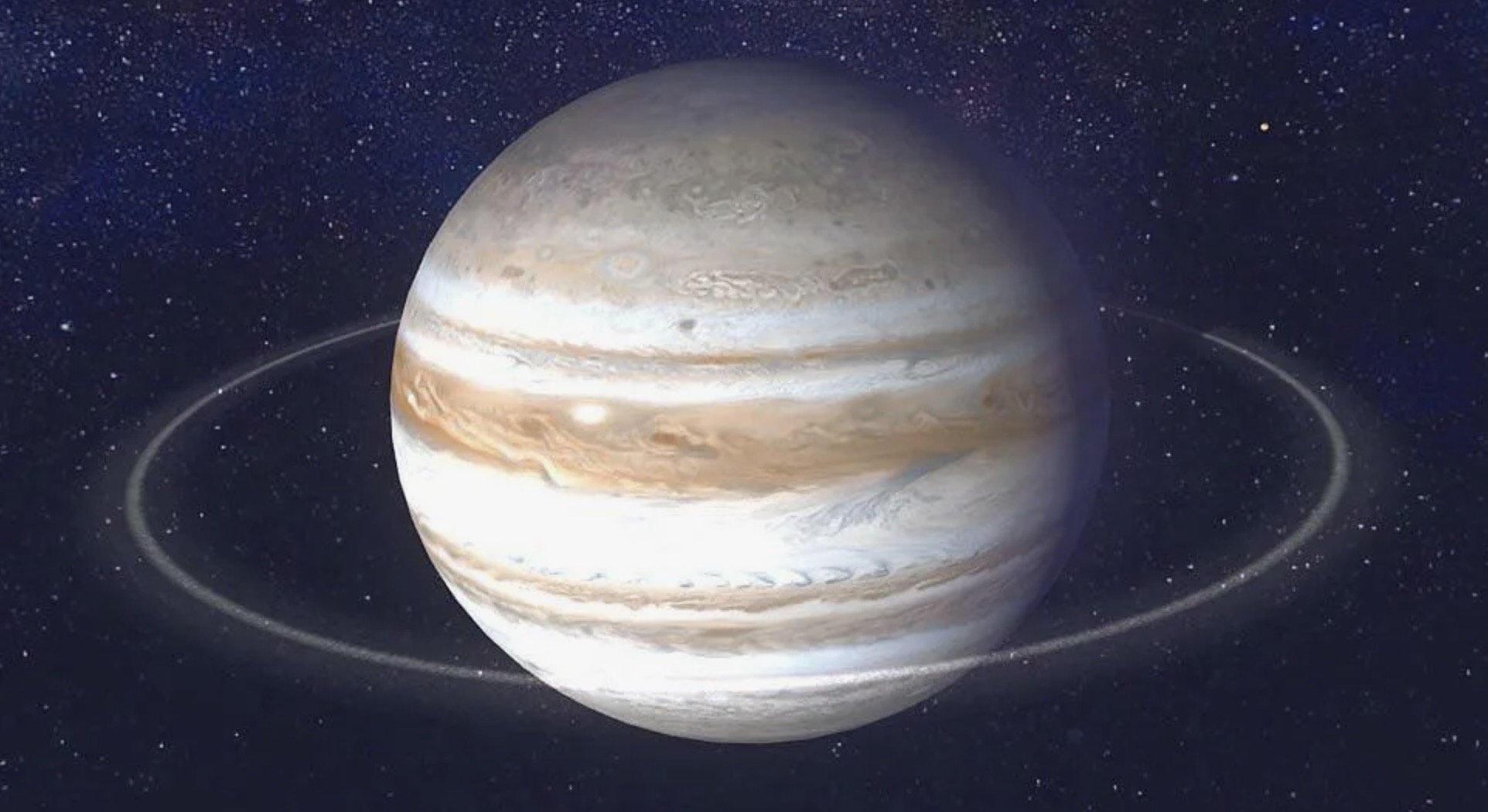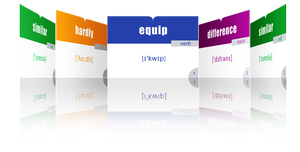SCIENCE-JUPITER
- Подробности
- 409
Jupiter is the fifth planet from the Sun and the largest. It is a gas giant of hydrogen and helium. One day is about 10 hours, one year about 12 years. Its air has colorful bands and a big storm called the Great Red Spot. It has many moons—especially Io, Europa, Ganymede, and Callisto.
JUPITER

Jupiter is the fifth planet from the Sun and the biggest in the Solar System. It is a gas giant made mostly of hydrogen and helium, and it is more massive than all the other planets combined.
It orbits about 5.20 AU (about 778 million km) from the Sun and needs about 11.86 Earth years for one orbit. It spins very fast: one day is about 9 h 56 m (the shortest of any planet). Mean radius is 69,911 km; mass is about 1.898 × 1027 kg (about 318 Earths).
The atmosphere shows light zones and dark belts driven by strong jet streams. The Great Red Spot is a huge storm wider than Earth and very long-lived. The temperature in the tops of the clouds is about 110 K (about −145 °C). Deeper down, pressure makes liquid metallic hydrogen, and there is likely a small, dense core.
Jupiter has the strongest magnetosphere of any planet, with intense radiation belts and bright polar auroras. A faint ring system of dark dust circles the planet.
It has many moons, especially the four Galilean moons: Io (very volcanic), Europa (ice shell with a likely ocean), Ganymede (the largest moon, with a magnetic field), and Callisto (old and heavily cratered). Scientists are studying the possibility of life in Europa’s subsurface ocean.
LISTEN TO THE TEXT





 Как правильно изучать английский язык по карточкам (статьи)
Как правильно изучать английский язык по карточкам (статьи)